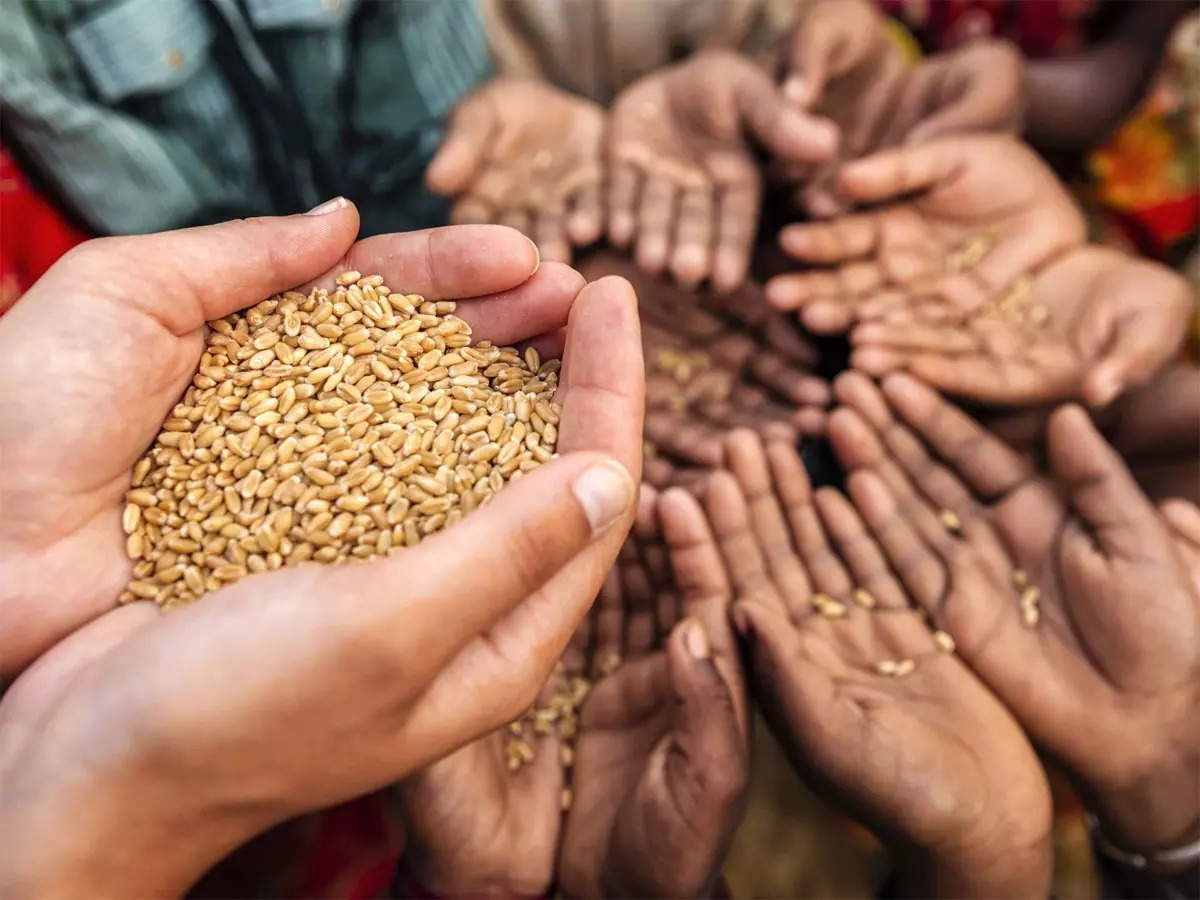Highlighting the dire need to combat drug addiction, the United Nations Office on Drugs and Crime stated that there is a concerning rise in global drug use and the emergence of potent new synthetic opioids.
Synthetic opioids are substances synthesized in a laboratory that act on the same targets in the brain as natural opioids (e.g., morphine and codeine) to produce analgesic (pain relief) effects.
The world body that works towards the prevention of drugs and related crime observed in its latest report, the World Drug Report 2024, that the number of people using drugs reached 292 million in 2022, a 20 percent increase over the past decade.
Cannabis remains the most widely used drug globally, with 228 million users, followed by opioids (60 million users), amphetamines (30 million users), cocaine (23 million users), and ecstasy (20 million users), as per this year’s World Drug Report.
The report also underscores the environmental impact of drug production and trafficking, including the harmful effects of spraying illicit substances on crops.
Noting the lack of access to drug disorder treatment, it added that out of an estimated 64 million people worldwide suffering from drug use disorders, only one in eleven receives treatment.
In the case of women, the situation is even worse, with only one in eighteen women with drug use disorders receiving treatment compared to one in seven men, according to the report.
Additionally, the report revealed that organized crime organizations backed by drug trafficking are expanding their operations into other illicit sectors, including financial fraud, unlawful resource exploitation, and wildlife trafficking.
Speaking on the need to control drug addiction, Shombi Sharp, UN Resident Coordinator in India, opined, “Our efforts must be balanced, uphold rights to health, uphold human rights, and help people struggling with addiction.”
Following a drastic 95 percent decrease in Afghanistan’s opium production in 2023 and a 36 percent increase in Myanmar, global opium production fell by 74 percent in 2023.
Long-term implications, including changes in heroin purity and a potential rise in demand for opiate treatment services, may soon be felt in countries affected by Afghan opiates, the report mentioned.
(With ANI inputs)



















